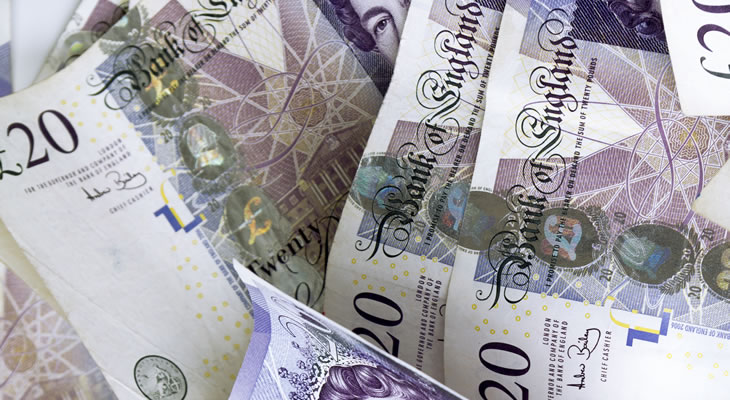The Pound to Australian Dollar exchange rate has tumbled further on Friday afternoon, with the GBP/AUD exchange rate dropping by -1.3%.
This worsening follows EU Chief Negotiator Michel Barnier’s declaration that the UK is not guaranteed a Brexit transitional period.
Mr Barnier’s remarks have highlighted the fact that Brexit negotiators still have a long way to go before a deal is reached, lowering confidence in GBP.
(First published 9th February, 2018)
Stronger Signs of UK Rate Hike in May could Boost GBP/AUD Exchange Rate
The Pound to Australian Dollar exchange rate has fallen by -0.7% on 9th February, following hawkish statements from Bank of England (BoE) Governor Mark Carney.
Mr Carney has stated that the BoE will be taking a more active stance on tackling above-target inflation, which has exceeded the 2% target range since February 2017.
He has additionally hinted at raising UK interest rates in the near-future, assuming that Brexit negotiations continue to go smoothly.
Problematically, however, this means that if Brexit discussions seem to be turning sour then the BoE could hold off on a long-awaited interest rate hike.
If the BoE signifies a move away from this measure for future monetary policy decisions, the Pound could appreciate against the Australian Dollar.
Optimistic traders are pricing an interest rate hike as early as May; if this seems likely in the months ahead then the Pound could also firm.
GBP/AUD Exchange Rate Volatility Ahead on UK Inflation Rate Data
In the more immediate future, the Pound could face turbulence in trading against the Australian Dollar on 13th February when UK inflation data is released.
Estimates are mixed across the board, but for the basic readings, lower month-on-month and year-on-year inflation is predicted in January.
If UK inflation is reported to have slowed in January, the Pound could slide in value because of the implications for future BoE monetary policy.
While the BoE is now trying to reduce inflation, if prices start to fall on their own then the Bank may hold off on near-term interest rate hikes.
Adjusting rates at the wrong time can cause economic turbulence, so BoE policymakers could consider falling inflation a ‘free move’.
Any indication that an interest rate hike may not be coming early this year could trigger a brief GBP/AUD exchange rate dip.
Australian Dollar to Pound Turbulence Possible on AU Confidence Stats
As with the UK, high-impact Australian data is also coming out on 13th February. This will concern confidence levels reported by banks NAB and Westpac.
The NAB business confidence reading for January is predicted to show a minor dip in at the start of 2018, which could translate to Australian Dollar losses.
Westpac previously reported 1.8% growth in its January consumer confidence index. If this is repeated for the February figures then the AUD could rise in value.
Drop in AU Unemployment may Boost AUD/GBP Exchange Rate
Another piece of major AU data out next week will be the Australian unemployment rate reading for January.
This is out on 15th February and is predicted to show a notable -0.2% reduction in the jobless rate, from 5.5% to 5.3%.
Unemployment falling even lower will put more pressure on Australian businesses to consider increasing wages for employees, as the labour market will be tighter.
Lower unemployment and higher wages increase the chances of a Reserve Bank of Australia (RBA) interest rate hike, as these conditions improve economic stability.
If Inflation does decline as expected then the week could end with an Australian Dollar to Pound exchange rate rally.


Comments are closed.